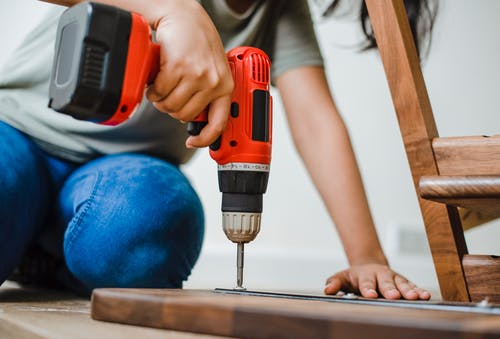When water penetrates a structure, it can cause extensive structural damage and render the area uninhabitable. It’s vital to take fast action to reduce flood damage. If you wait too long, you may have to replace the carpeting, the walls, or the entire flooring. To prevent future issues with your property, you must address water damage immediately. Water damage can cause extensive property and residential damage. The longer you delay addressing it, the greater the cost.
How to deal with water damage?
Dealing with household water damage may be quite stressful, especially if it leads to other issues in the future. While these repairs typically require the assistance of specialists from companies like puroclean.com, there are a few precautions you may take to limit the extent of the damage.
Disconnect Outlets
When you notice water damage in your house, you should immediately disconnect all equipment. Even though you may not yet notice the extent of the water damage, you must be cautious around appliances and gas lines. Using these equipment could result in electrical shocks or even explosions despite the circumstances.
Examine Mold
Certain mold strains are poisonous and pose grave health concerns to people. Mold can typically spread rapidly after it has infested an area. So, to avoid health risks, it is in your best interest to check for growth. The affected region can be excised, bagged, and discarded promptly for minor difficulties. However, in severe mold infestations, you must stop all airflow to prevent contamination and then contact a mold specialist. Frequently, mold might appear within the walls or floors. Thus this check must be ongoing throughout the repair process.
Evaporate Water
Before any harm may develop, you must remove all wet and dry the afflicted parts. Fans or a dehumidifier with a big capacity can be used to circulate air and dry the carpet, wood, and other nearby objects. Although this won’t completely prevent mold development, drying out the area will help mitigate the harm.
Remove Damaged Materials
Porous materials, such insulation or carpet, must be eliminated immediately to prevent mildew growth.Prioritizing the ceiling and flooring is essential. Therefore, unsealed cement, drywall, and wood must be repaired or replaced so that the home’s structure can withstand water damage repairs.
Decontaminate Remaining Areas
Depending on the sort of water you are working with, it may include many bacteria and other health risks. Water may also promote mold formation, so it is crucial to disinfect immediately. After removing the damaged items, you must cleanse the entire area before beginning the repair process. Spray and clean the surfaces with bleach to prevent the growth of mold spores and remove unwanted smells in your home before continuing with the repairs.
Conclusion
Water causes considerable damage to many properties. Regardless of the intricacy, restoring your home to its original state is essential. The process requires a detailed strategy. Apply the guidelines above as soon as you discover water damage in your home or property so that you can restore and repair it as soon as feasible. Experts in water damage restoration can help you return your house to its original condition if necessary.




